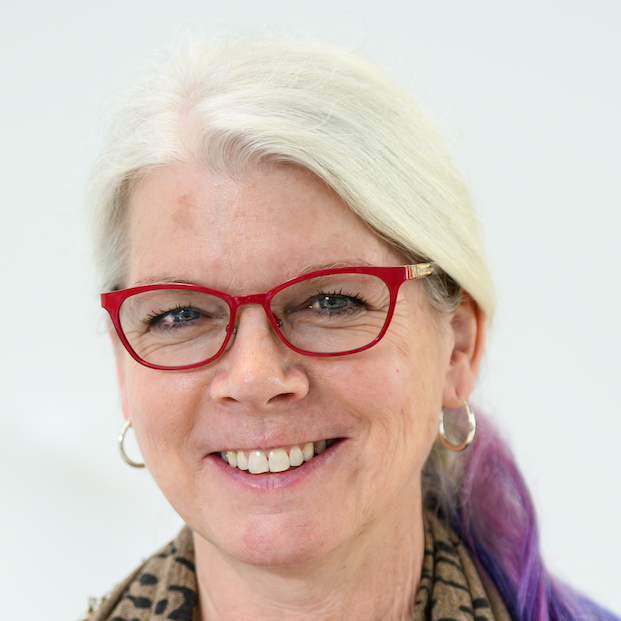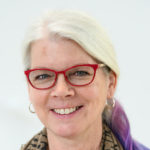 Mary Maxon, Associate Laboratory Director (ALD) for Biosciences, has been granted a one-year leave of absence to help advance science and technology opportunities for engineering biology and the U.S. bioeconomy. Beginning August 23, Maxon will work on temporary assignment with Schmidt Futures, a philanthropic initiative founded by Eric and Wendy Schmidt, as they launch a significant effort to seed the next wave of engineering biology and bioeconomy innovation.
Mary Maxon, Associate Laboratory Director (ALD) for Biosciences, has been granted a one-year leave of absence to help advance science and technology opportunities for engineering biology and the U.S. bioeconomy. Beginning August 23, Maxon will work on temporary assignment with Schmidt Futures, a philanthropic initiative founded by Eric and Wendy Schmidt, as they launch a significant effort to seed the next wave of engineering biology and bioeconomy innovation.
Schmidt Futures’ mission is to bet early on exceptional people making the world better. Schmidt Futures works to create long-term networks of talented people from diverse sources worldwide; to build knowledge and improve the shared success of society by deploying those networks to solve hard problems right now using advanced computing and other tools; and to develop platforms for scale – including new models for research as well as shared data and equipment – to magnify the impact overall. While on leave, Maxon will convene and oversee a task force to make recommendations and develop a plan that will advance transformative bio-based and bio-enabled applications in health, clean energy, industry, and agriculture. Maxon’s experience working for public, private, and philanthropic organizations, her strategic planning acumen, and her deep commitment to advancing the U.S. bioeconomy make her the ideal candidate to provide thought leadership, scientific expertise, and project management to lead the task force and implement its associated recommendations.
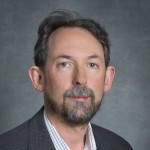 Paul Adams, Director of the Molecular Biophysics and Integrated Bioimaging (MBIB) Division, has been asked by Lab Director Mike Witherell to serve as the ALD for Biosciences over the coming year. In addition to leading the MBIB Division, Adams is the Vice President for Technology at the Joint BioEnergy Institute (JBEI) and Laboratory Research Manager for the ENIGMA Science Focus Area (SFA). He also heads a multi-institutional program that develops the Phenix software suite, which he established when he first joined the Lab in 1999 and is used by structural biologists around the world to solve macromolecular structures. With his strengths in biology and computing, Adams will continue to advance the Area’s vision, promote IDEA principles, and foster new growth in science and the support of the Lab’s scientific mission.
Paul Adams, Director of the Molecular Biophysics and Integrated Bioimaging (MBIB) Division, has been asked by Lab Director Mike Witherell to serve as the ALD for Biosciences over the coming year. In addition to leading the MBIB Division, Adams is the Vice President for Technology at the Joint BioEnergy Institute (JBEI) and Laboratory Research Manager for the ENIGMA Science Focus Area (SFA). He also heads a multi-institutional program that develops the Phenix software suite, which he established when he first joined the Lab in 1999 and is used by structural biologists around the world to solve macromolecular structures. With his strengths in biology and computing, Adams will continue to advance the Area’s vision, promote IDEA principles, and foster new growth in science and the support of the Lab’s scientific mission.
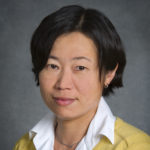 While Adams is serving as Biosciences ALD, MBIB Deputy for Science Junko Yano will take on the role of Interim MBIB Division Director. In her 20-year career at the Lab, Yano has progressed from postdoctoral fellow to senior scientist in 2015. Prior to serving as science deputy, she led MBIB’s Bioenergetics Department for five years. Yano has served as a member of the Lab Staff Committee (2016–present), the DOE Council on Chemical and Biochemical Sciences (2015–present), and is a co-principal investigator of the Liquid Sunlight Alliance (LiSA).
While Adams is serving as Biosciences ALD, MBIB Deputy for Science Junko Yano will take on the role of Interim MBIB Division Director. In her 20-year career at the Lab, Yano has progressed from postdoctoral fellow to senior scientist in 2015. Prior to serving as science deputy, she led MBIB’s Bioenergetics Department for five years. Yano has served as a member of the Lab Staff Committee (2016–present), the DOE Council on Chemical and Biochemical Sciences (2015–present), and is a co-principal investigator of the Liquid Sunlight Alliance (LiSA).
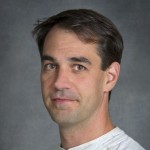 Greg Hura, who has been Head of the Structural Biology Department for nearly two years, has agreed to step into the role of Interim MBIB Science Deputy. He is a staff scientist in the SIBYLS (Structurally Integrated BiologY for the Life Sciences) group, which operates Beamline 12.3.1 at the Advanced Light Source (ALS). He is the local lead of the Integrated Diffraction Analysis Technologies program and also heads the high-quality and high-throughput small angle X-ray scattering (SAXS) technology operations core in the NIH-funded ALS-ENABLE program. Hura has been with the Lab since 1996 and is also an associate adjunct professor of chemistry and biochemistry at the University of California, Santa Cruz.
Greg Hura, who has been Head of the Structural Biology Department for nearly two years, has agreed to step into the role of Interim MBIB Science Deputy. He is a staff scientist in the SIBYLS (Structurally Integrated BiologY for the Life Sciences) group, which operates Beamline 12.3.1 at the Advanced Light Source (ALS). He is the local lead of the Integrated Diffraction Analysis Technologies program and also heads the high-quality and high-throughput small angle X-ray scattering (SAXS) technology operations core in the NIH-funded ALS-ENABLE program. Hura has been with the Lab since 1996 and is also an associate adjunct professor of chemistry and biochemistry at the University of California, Santa Cruz.
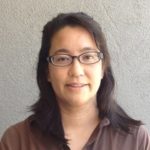 Susan Tsutakawa will be the Interim Head of the Structural Biology Department for the coming year. She is a staff scientist working on crystallography and small angle X-ray scattering (SAXS). Two of her major focuses are the Structural Cell Biology of DNA Repair Machines (SBDR) program and in linking SAXS to structure prediction. In addition to her scientific accomplishments, Tsutakawa brings her abundant institutional knowledge and leadership experience to this assignment; she joined the Lab in 1999 and served as the chair of the Women Scientists and Engineers Council from 2015–17.
Susan Tsutakawa will be the Interim Head of the Structural Biology Department for the coming year. She is a staff scientist working on crystallography and small angle X-ray scattering (SAXS). Two of her major focuses are the Structural Cell Biology of DNA Repair Machines (SBDR) program and in linking SAXS to structure prediction. In addition to her scientific accomplishments, Tsutakawa brings her abundant institutional knowledge and leadership experience to this assignment; she joined the Lab in 1999 and served as the chair of the Women Scientists and Engineers Council from 2015–17.
With these one-year leadership changes, the Area will continue its strong commitment to strategic development of programs and solving large-scale challenges in the areas of health, energy, environment, and biomanufacturing, all supported by game changing technological advances.

